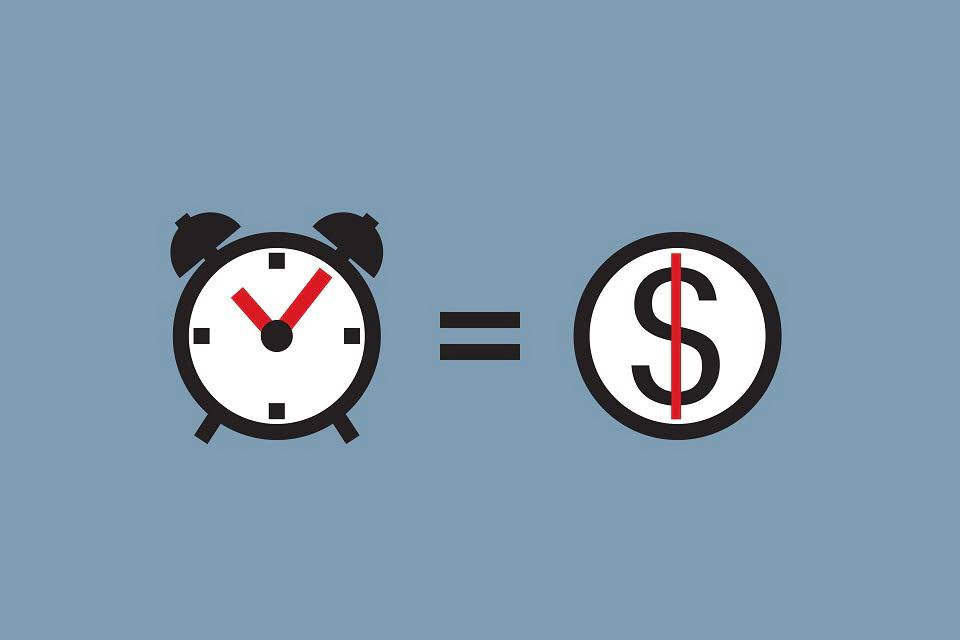Bookkeeping
Present Value Formula Calculator Annuity Table Example

We must calculate the present value of each of the components. Luckily for us, there are tables that can be used to calculate this quite easily. https://shop.gatesbuy.com/best-bookkeeping-services-for-august-2025-2/ This table is used to calculate the present value of single lump sum payments, like the single repayment received when a bond matures.

Discount Factor Table

That’s when my team and I created Wisesheets, a tool designed to automate the stock data gathering process, with the ultimate goal of helping anyone quickly find good investment opportunities. You can build dynamic PV tools right inside your spreadsheet, backed by live financial data. For investments, you might use your expected return or cost of capital.
- The value of those future lease payments are discounted to the present value using a PV table (or a PV formula, but the table speeds things up).
- The tables below show the number of periods (n) and the related interest rate (i) for four different compounding assumptions.
- You don’t need to be a finance nerd or an Excel wizard to use a present value table.
- Present value is the current value of an investment now with a projected income stream as per the set interest rate.
- Because you’re getting cash earlier, the values will always be slightly higher than the ordinary annuity table.
Present Value of a Future Sum Calculator
To make the table flexible, reference the interest rate and number of periods from your table instead of hardcoding them. Let’s say the discount rate changes, or you want to test multiple what-if scenarios. Any time you’re dealing with fixed payments over time (like mortgages or auto loans), present value calculations help break down the real cost of borrowing.

Introduction to Bonds
The present value of annuity-immediate is $820 and that of annuity-due is $877. By comparison, it would be more favorable for Cal to take up the lump sum of $1,000. Present value is the current value of an investment now with a projected income stream as per the set interest rate. PV is the figure you calculate when you want to compute, for example, the initial amount of investment to be made to achieve a certain target in a given number of years.

Present Value Formula and Calculation
You can incorporate the potential effects of inflation into the present value formula by using what’s known as the real interest rate rather than the nominal interest rate. Alternatively, we can simplify our computational work by obtaining the value of expression 1/(1 + i)n directly from present value of $1 table. This value is known as present value interest factor (PVIF) of $1.
- To explain the following case example, right now we will just focus on a single instance of a future payment instead of multiple instances.
- When we ask that question, we are asking how much $1,000,000 in 40 years is worth today.
- For monthly payouts, rate is divided by 12 and nper is multiplied by 12.
- Most lotteries will allow winners two optional payment forms.
Method #3 – PV Formula of Perpetuity
You want an investment to have a value of $10,000 in 2 years. You want to know the value of your investment now to acheive this or, the present value of your investment account. All you have to do is line up interest rate listed on the x-axis with the number of periods listed on the y-axis and multiple by the payment. Let’s calculate how much interest Tim will actually be paying with the balloon loan. The loan is a ten-year note, so we need to figure out what the present value of a $150,000 lump sum is ten years from now. Calculate the Present Value and Present Value Interest Factor (PVIF) for a future value return.
So, if you expect $1 https://www.bookstime.com/articles/salaries-and-wages in three years, and your discount rate is 6%, that dollar is really worth just $0.84 today. It crunches time, interest, and future cash into something you can use right now. The first two arguments are 7% interest and 5 payment periods.
How Rate and Time Impact PV and FV
A present value of 1 table that employs a standard set of interest rates and time periods appears next. Typically, people use a PV calculator to compute these numbers, but they can also use a present value table. These charts compute the discount rates used in the PV calculation, so you don’t have to use a complicated equation.
- Every investment, every loan, every retirement plan, every business forecast – they’re all bets placed on the value of tomorrow’s money.
- 0 is mentioned in the first instance but you may leave the cell blank or skip this argument as it would default to 0 anyway.
- Next up, we’ll calculate the present value of an annuity in Excel, again courtesy of the PV function.
- The balance sheet is also referred to as the Statement of Financial Position.
- He finds a couple of investment options and wants to weigh out how much he must initially invest in either option.
- With more frequent compounding, your investment grows faster—even though the annual rate is the same.
Present value is a way of representing the current value of a future sum of money or future cash flows. To calculate the present value of a stream of future cash flows you would repeat the formula for each cash flow and then total them. Assuming that the discount rate is 5.0% – the expected rate of return on comparable investments – the is the present value of a single payment of $1 to be received in t periods. the $10,000 in five years would be worth $7,835 today. They allow you to assess whether future cash flows meet your required return.
This table is used when there is a series of payments, like the interest payments received over the life of the bond. Now that you are familiar with annuities, we can transition into the how and what of perpetuities. An annuity with an indefinite number of payment periods is a perpetuity.
